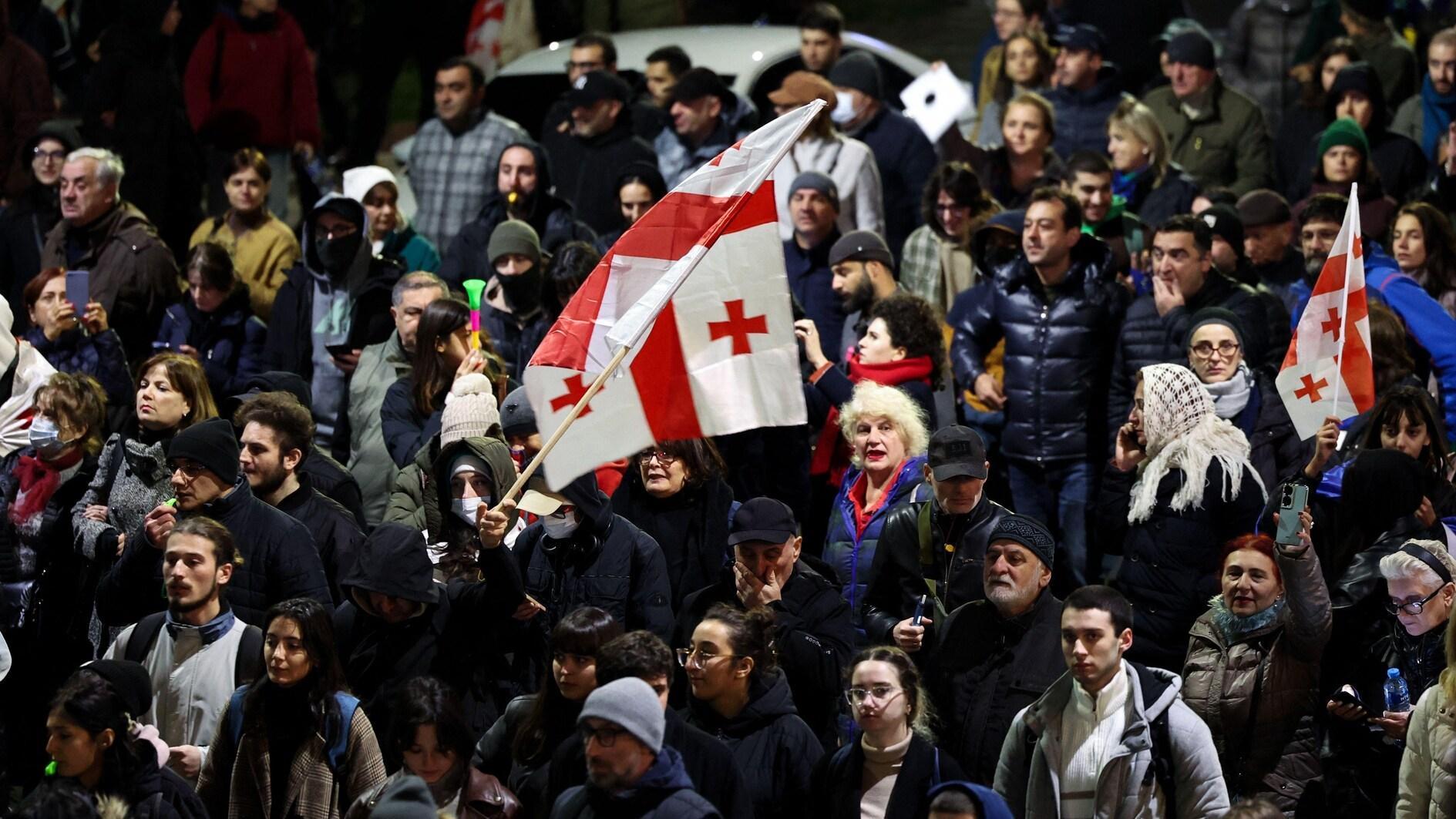Eurozone jobless rate hits record
LONDON - The Associated Press

Pedestrians walk past a man begging in Pamplona, Spain. The OECD projected this week that Spain’s unemployment rate would reach 27 percent and its economy would contract by 1.4 percent compared to the official 0.5 percent estimate in 2013. AP photo
Figures released on Nov. 30 from Eurostat, the European Union’s statistics office, showed that the recession in the eurozone pushed unemployment in the region up to its historic high at 11.7 percent in October.The previous record of 11.6 percent in September was anticipated in light of the eurozone’s return to recession in the third quarter, commonly defined as two consecutive quarters of negative growth.
While the eurozone’s unemployment has been inching upward since June 2011, the equivalent rate in the U.S. has fallen to below 8 percent as the world’s largest economy continues its recovery from recession.
Eurostat found 18.7 million people were out of work across the eurozone, an increase of 173,000 on the previous month.
Spain and Greece have the region’s highest unemployment rates - both over 25 percent, with youth unemployment levels heading towards 60 percent, a potentially toxic long-term economic and political development.
Both countries are in recession and struggling to convince markets as well as their own people that they can get a grip on their debts to improve living standards further down the line. Both, along with a number of euro countries, have introduced tough austerity measures, such as cutting spending and raising taxes, in order to get a handle on their debts.
However, reducing wages and pensions lowers demand in the economy to the detriment of the labor force. Other measures taken alongside the austerity, such as reforming labor practices, are intended to promote jobs but they take time, both to enact and to feed through an economy.
That’s why many economists think that unemployment in many countries will likely carry on rising for a while yet, certainly as long as they remain in recession.
“Labor market conditions in the single currency area are clearly deteriorating and survey indicators of employment intentions point to worse to come,” said Jonathan Loynes, chief European economist at Capital Economics.
Recession hurts
At present, the five euro countries at the forefront of the debt crisis - Greece, Spain, Italy, Cyprus and Portugal - are in recession.
Others, like the Netherlands and Austria - neither of which is particularly debt-laden - could officially fall into recession too after posting declines in third-quarter economic output. Austria has the lowest unemployment rate in the eurozone of 4.3 percent.
The eurozone’s powerhouse economies, such as Germany and France, have also seen growth levels fall in the last year and that is increasing the pressure on businesses to cut costs. Germany’s unemployment rate stood at a still-low 5.4 percent in October, but France’s was nearly double that at 10.7 percent.
Some respite came with the news that inflation in the eurozone fell by more than anticipated to 2.2 percent in November from 2.5 percent the previous month.
Since it was a preliminary estimate, Eurostat gave no reasons behind the decline but waning labor market pressures to lift wages are likely to have been, at least partially, behind the fall.
Despite the decline, inflation is still above the European Central Bank’s target of keeping price rises at just below 2 percent. Few economists think the ECB will cut its main interest rate from the current record low of 0.75 percent at its monthly policy meeting next week.
















